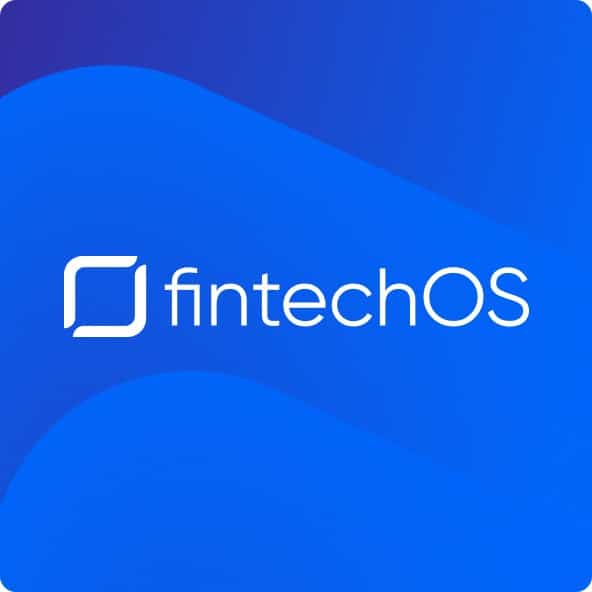
By Kyla Reed - May 21, 2025
Closing the UK SME Gap: Tech-Driven Solutions for the “Missing Middle”
Discover how open banking, AI-powered automation and API-first banks are closing the “missing middle” in UK SME lending—slashing funding times
Blog
Communications about FintechOS
Resource Center
Get insights from the latest customer case studies, whitepapers, webinars, and more
Customer Case Studies
Learn what our global customers are saying about the value of FintechOS
Platform Documentation
Comprehensive documentation for the FintechOS platform including release notes, APIs, and SDKs
Blog
Communications about FintechOS
Resource Center
Get insights from the latest customer case studies, whitepapers, webinars, and more
Customer Case Studies
Learn what our global customers are saying about the value of FintechOS
Platform Documentation
Comprehensive documentation for the FintechOS platform including release notes, APIs, and SDKs
BNPL has been a recognized growth sector for both finance providers and merchants. Yet, this isn’t the end of the embedded credit solution, but rather the first example of a growing drive in the embedded finance industry, with embedded SMB finance and SMB lending models likely to emerge in the near future.
Buy Now Pay Later (BNPL) offers have been one of the main growth engines for the retail finance sector over recent years. The ease of use for consumers and the immediate impact on merchant sales timing and levels have been driven by the attractiveness of embedding instant short-term credit into retail sales processes.
This growth hasn’t been without recent controversy, but the success of the offering is firmly established. The main question now is where it will develop next.
The success of BNPL has been built largely on the availability and adoption of technology. This is not just the case within the banking and finance industry, but also in the economy and society overall. This is often summarized by the term ‘digitization’.
In practice, this means that companies have been able to create links between each other. This enables the instantaneous and secure exchange of identity and transaction information in real-time.
Of course, this model relies heavily on the ability to map and create customer journeys across multiple enterprises and systems that are seamless, frictionless, and contextually delivered in a relevant way. The service is offered exactly as needed, and the actual process is quick and streamlined regardless of underlying transaction complexity.
Having enjoyed such success with BNPL, the question is ‘where next?’ At FintechOS, we see many possibilities in our discussions with the finance market. Let’s look at three trends we’ve identified in the market:
BNPL has largely been based on interest-free installment finance. This has necessarily limited the kinds of arrangements that are possible. Usually, this reduces the term of the credit arrangements offered.
Having established the partnerships and technical infrastructure to offer this, it’s an easy next step to offer longer-term credit where an interest fee is charged. This won’t only be more suitable for some consumer segments, but will also help to address the current world economic situation where interest rates are rising and consumer cash flow is becoming more restricted.
Of course, it isn’t the only way to address the increase in funding costs, since there are other options, such as charging the merchants a higher fee. However, it seems inevitable that there will be a growth in embedded finance options that carry an interest charge.
Many BNPL offers have also been ‘merchant-centric’, where the primary relationship of the finance provider is with the retailer. In the changing economic and regulatory environment, there are likely to be further opportunities for firms that offer a more consumer-centric model.
This means the individual consumer digitally carries a BNPL facility with them to different merchants, just as Klarna and other providers have been trialing. This allows for more-informed lending decisions and also fits the traditional banking model of a customer-centric relationship model, thus making it more attractive for existing banks and credit institutions.
Banks also have relationships with businesses. In particular, there is a great deal of focus on the small- and medium-sized business (SMB) sector.
The SMB sector is a huge opportunity in most economies to provide further finance to the sector to enable its growth. We believe that banks will increasingly offer embedded point-of-sale (POS) facilities to their own small business customers. Business will act as a distributor for consumer finance, which is manufactured by their banking service provider.
This offers the normal BNPL merchant benefits to the business, but also allows the bank to make further relevant finance offers to the SMB in question. This also increases their own consumer loan book and the ‘stickiness’ of their relationship with the SMB.
SMBs themselves can also benefit from embedded credit. The process of applying for finance is often hard for these businesses, but they are also often cashflow constrained.
The creation of frictionless embedded finance options answers both of these needs. A good example exists in businesses where they offer delayed payment sales terms. For example, 30 days after invoicing.
Existing invoice finance and discounting arrangements can sometimes be slow and hard to engage with. We believe that an opportunity exists for banks to create a service where the finance is created at the same time as the invoice in the business’s own sales process.
There is, of course, a variety of possibilities in this area, since there are many different SMB industries and sectors. Each has its own needs and opportunities for embedded credit.
We believe that BNPL has been a trailblazer for embedded credit, and that the same business pressures, digital expectations, and technology adoption that drove this offering will continue to produce growth and a variety of solutions.

FintechOS is the global leader in fintech enablement, on a mission to make fintech innovation available to every company. As the world grows increasingly complex, FintechOS strives to simplify and accelerate financial technology so anyone can build, launch, service, and expand new products in weeks, not months or years. The FintechOS platform empowers banks, credit unions, and insurers of any size to grow revenue, lower operating costs, and achieve a faster time to value without dependency on core infrastructure and costly tech talent. Headquartered in New York and London, FintechOS has partnered with some of the world’s best brands, including Groupe Société Générale, Admiral Group, Oney, eMag, Deloitte, EY, and PWC.